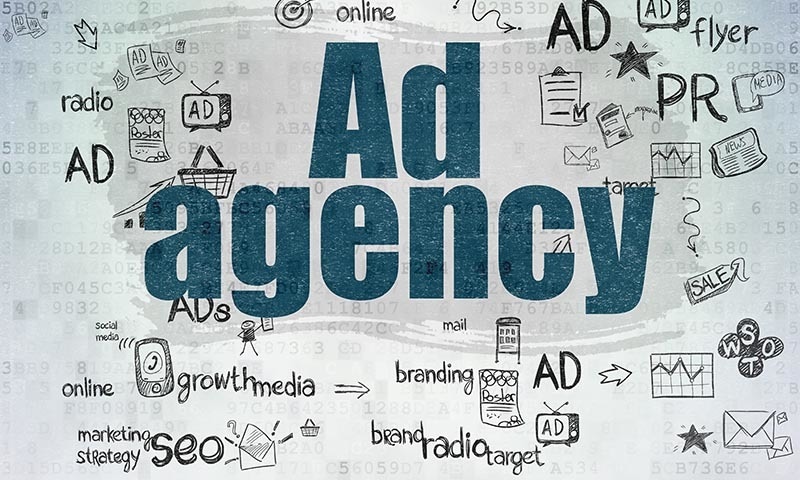Exploring the Different Sorts Of Advertisements and Their Effect On Customer Involvement
In today's vibrant advertising and marketing landscape, businesses are constantly grappling with the job of choosing the most efficient advertising and marketing strategy. The choice between traditional and digital marketing methods is not straightforward, with each medium offering one-of-a-kind benefits.
Comprehending the Basics of Advertising And Marketing

The Power and Impact of Traditional Advertising And Marketing
Structure on the basic understanding of advertising and marketing, it emerges that traditional advertising holds a considerable location in the marketing realm regardless of the rise of digital systems. Traditional marketing, encompassing tools like tv, radio, and print, has the power to get to a wide target market, therefore boosting its impact and influence. It is rooted in the consumer's day-to-day life, producing a sense of familiarity and trust. The tangible nature of mediums such as print, integrated with the vast reach of tv and radio, provides conventional marketing an unique strength. Although digital platforms get on the surge, the influence of traditional advertising remains powerful, continuing to shape customer interaction and choices. It is a testimony to the durability and strength of these conventional modes of interaction.

The Surge and Impact of Digital Advertising
While conventional marketing remains to hold significant influence, the electronic ball has been experiencing a rapid increase in current years, profoundly changing the world of advertising. This surge can be credited to the large shift in customer actions in the direction of digital platforms, such as social media sites, search engines, and sites. Digital advertising offers marketers real-time insights, precise targeting, and quantifiable outcomes, making it an efficient and economical tool. Its interactive nature likewise cultivates straight engagement with consumers, magnifying its impact. Nonetheless, this increase has actually the original source also birthed difficulties consisting of information personal privacy problems and ad fatigue. Undeniably, electronic advertising's increase has modified advertising and marketing landscapes, needing marketers to adapt their strategies to stay relevant.
Relative Evaluation of Promotions on Customer Interaction
The advancement of digital advertising has actually necessitated a reevaluation of just how different types of advertisements influence customer interaction. Typical advertisements, such as print and television, have actually traditionally depended on mass exposure to drive consumer interest. However, the rise of electronic systems has actually made it possible for targeted advertising, which specifically tailors content to private customers. Relative evaluation shows that these personalized ads typically cause higher customer engagement. This schedules partly to their relevance to the consumer's rate of interests and requirements. While the impact is better, it's additionally more transient, with advertisement exhaustion setup in quickly. Conversely, traditional advertisements have a broader, longer-lasting influence, yet with less strength. The ideal strategy likely entails an equilibrium of both.

Methods for Effective Consumer Interaction Through Advertising
Just how can businesses maximize consumer involvement through my response marketing? The other use of social media for advertising and marketing provides opportunities for real-time interactions and comments. Ultimately, reliable consumer interaction through advertising and marketing hinges on understanding the customer, delivering value, and promoting real interactions.
Conclusion
Traditional marketing capitalizes on broad reach and depend on, while electronic marketing supplies individualized links with consumers. Recognizing the fundamentals of advertising and marketing and the relative impacts of different types can maximize consumer engagement.
Comments on “An experienced ads agency understands market positioning to maximize ad effectiveness.”